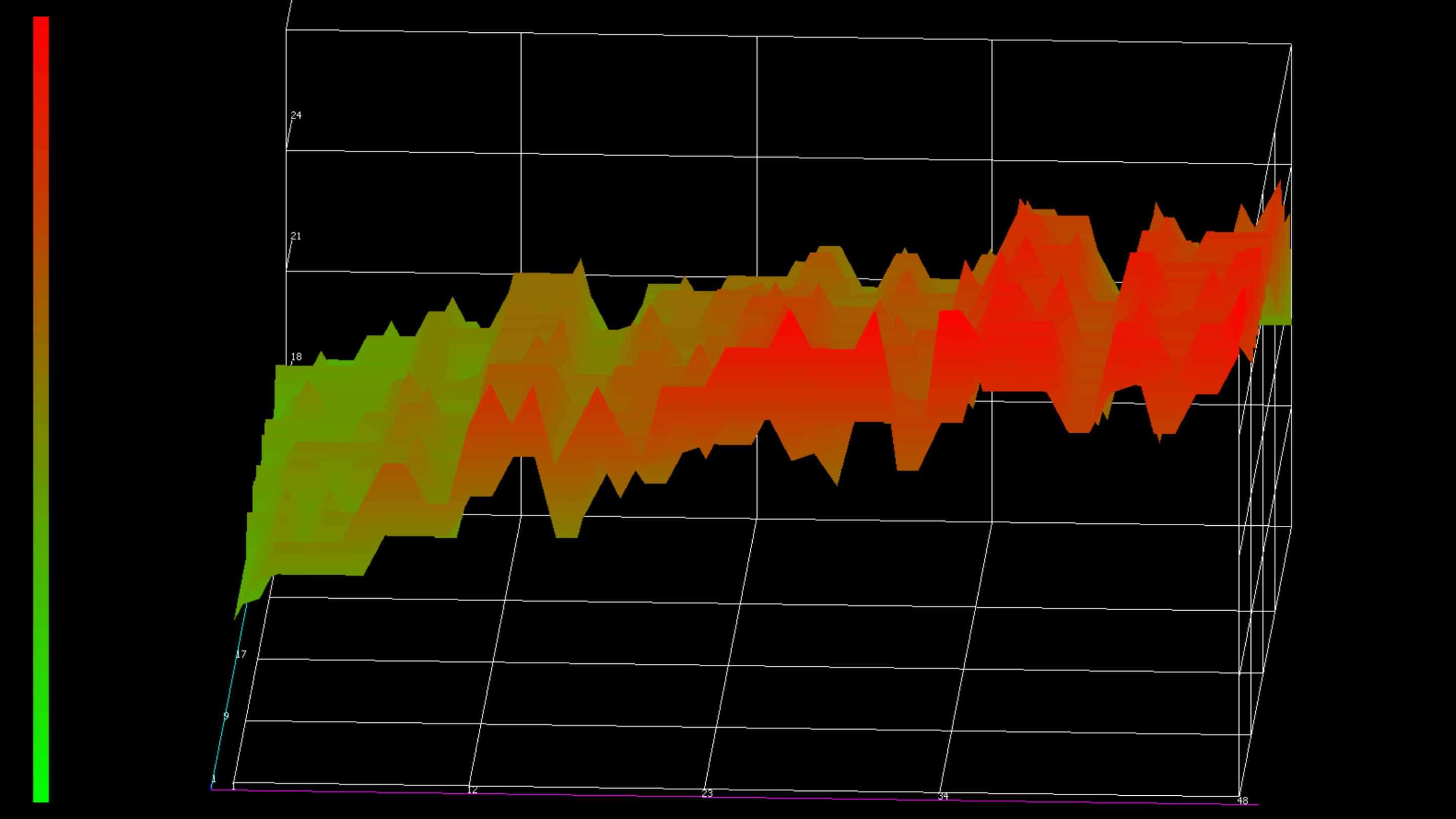Thanks to their grid-shaped arrangement of two ITO layers, the multitouch-capable PCAP sensors can theoretically detect an infinite number of contact points simultaneously. As a result, PCAP touchscreens have a very high density of touch points, which enables very precise touch recognition, but also allows unwanted inputs.
The highly sensitive PCAP sensors require a very precise and application-specific coordination of software and controller in order to process the inputs in the desired form, response time and ergonomics and at the same time exclude unwanted gestures or input methods.

Application-specific controller tuning
Multitouch includes various input methods such as detecting rotation, zoom or slide movements.
By means of detailed coordination of software and controller, it can be decided whether and how the individual input methods are possible or processed. A reduction or modification of the functionality of the software can be recommended for various applications.
For example, it may make sense that gesture recognition or swiping should not be possible at public ticket machines.
Furthermore, in addition to the range of functions, the sensitivity or reaction behavior to touch impulses is also an important criterion that has an impact on the user's perception of ergonomics.
The quality of a touchscreen thus affects not only the physical properties of the material or the manufacturing quality, but also to a large extent the competent and application-oriented coordination of software and controller.
